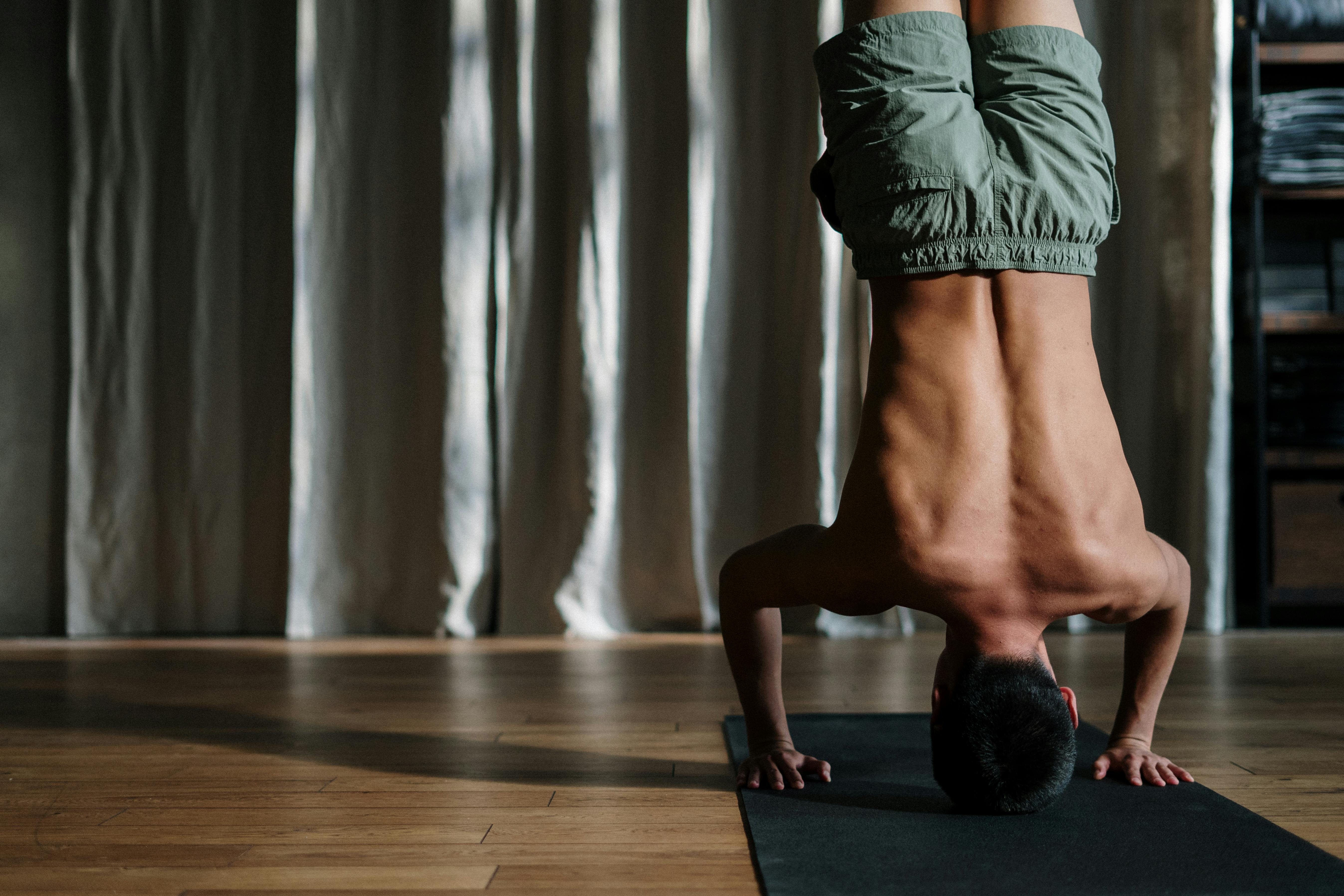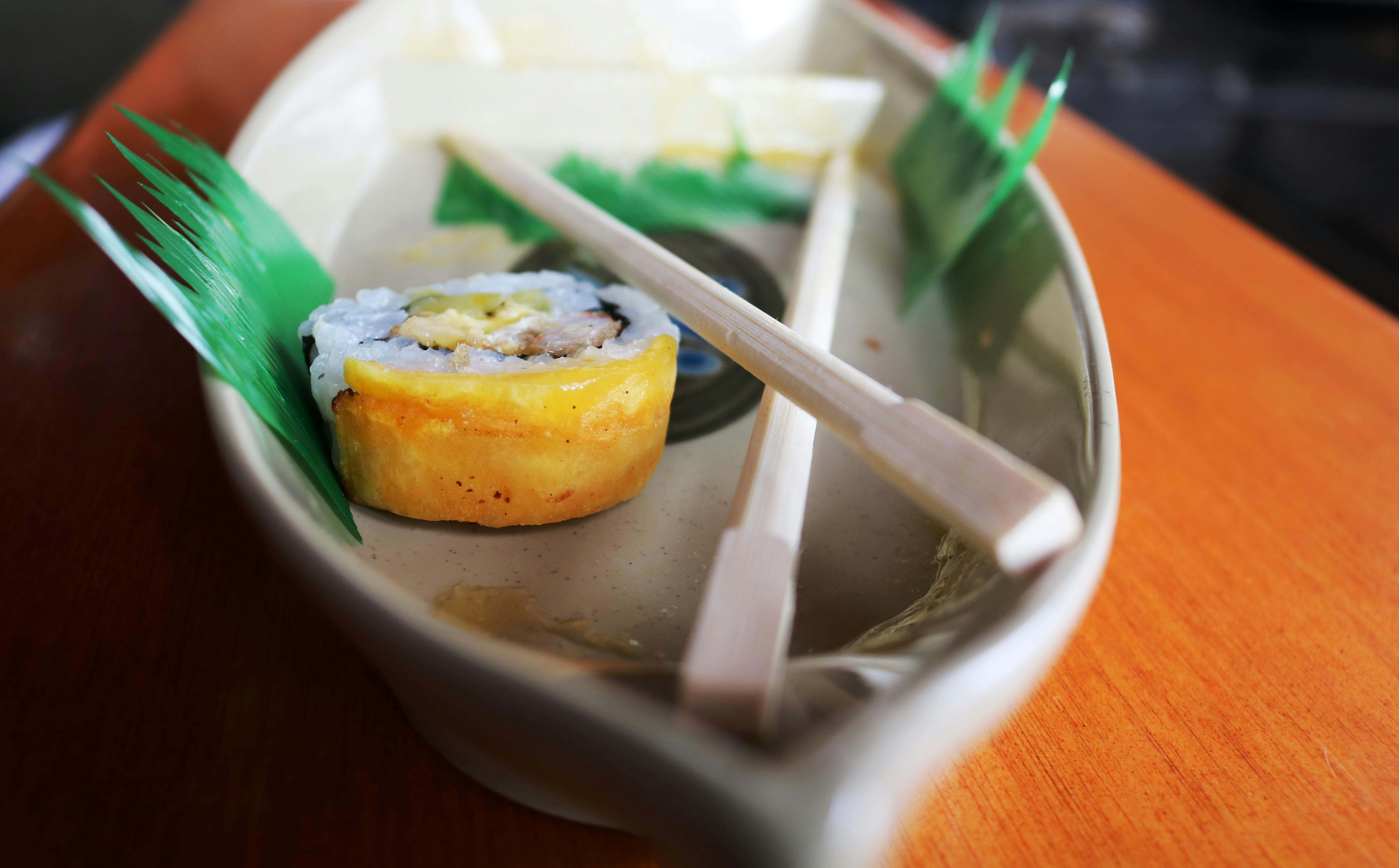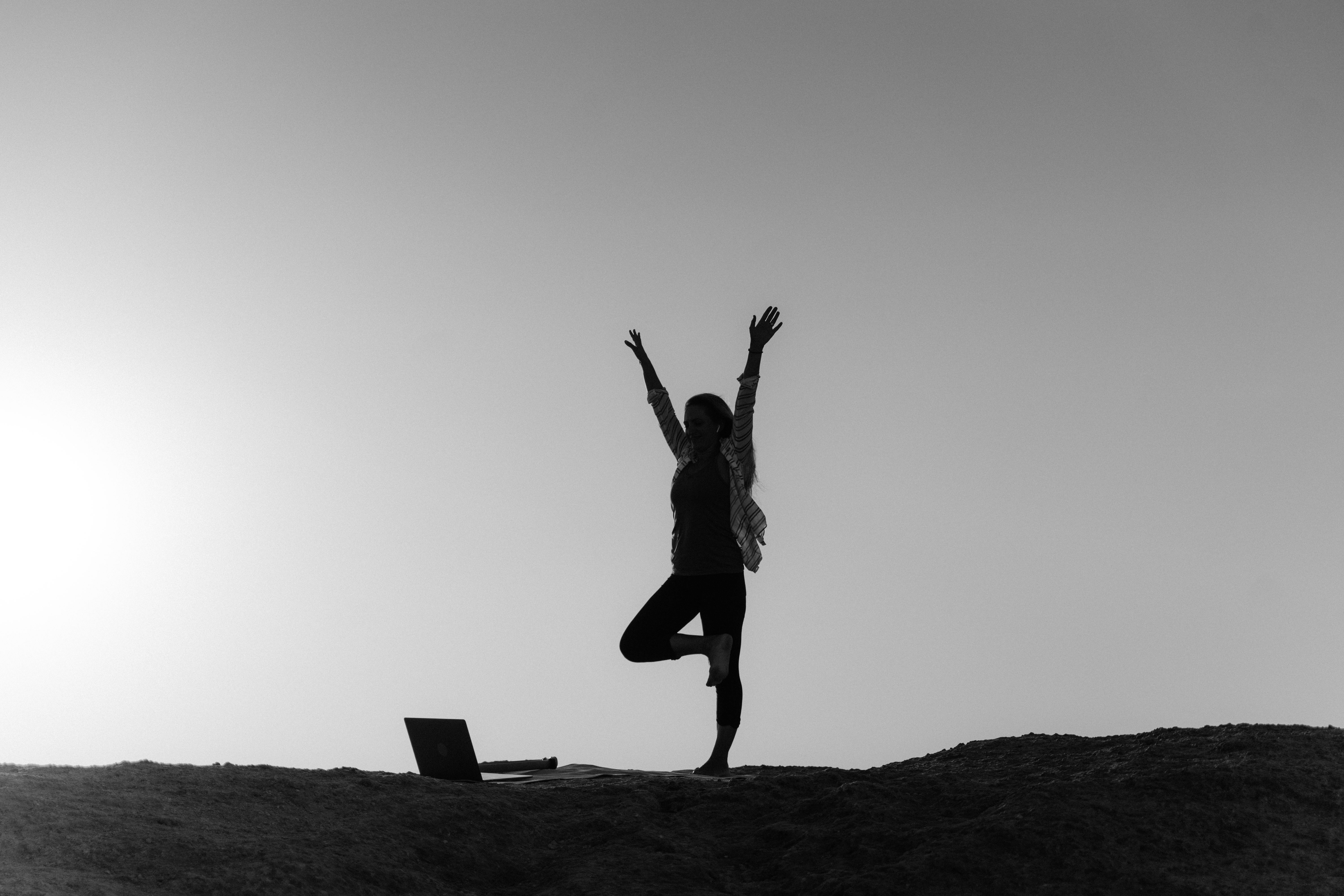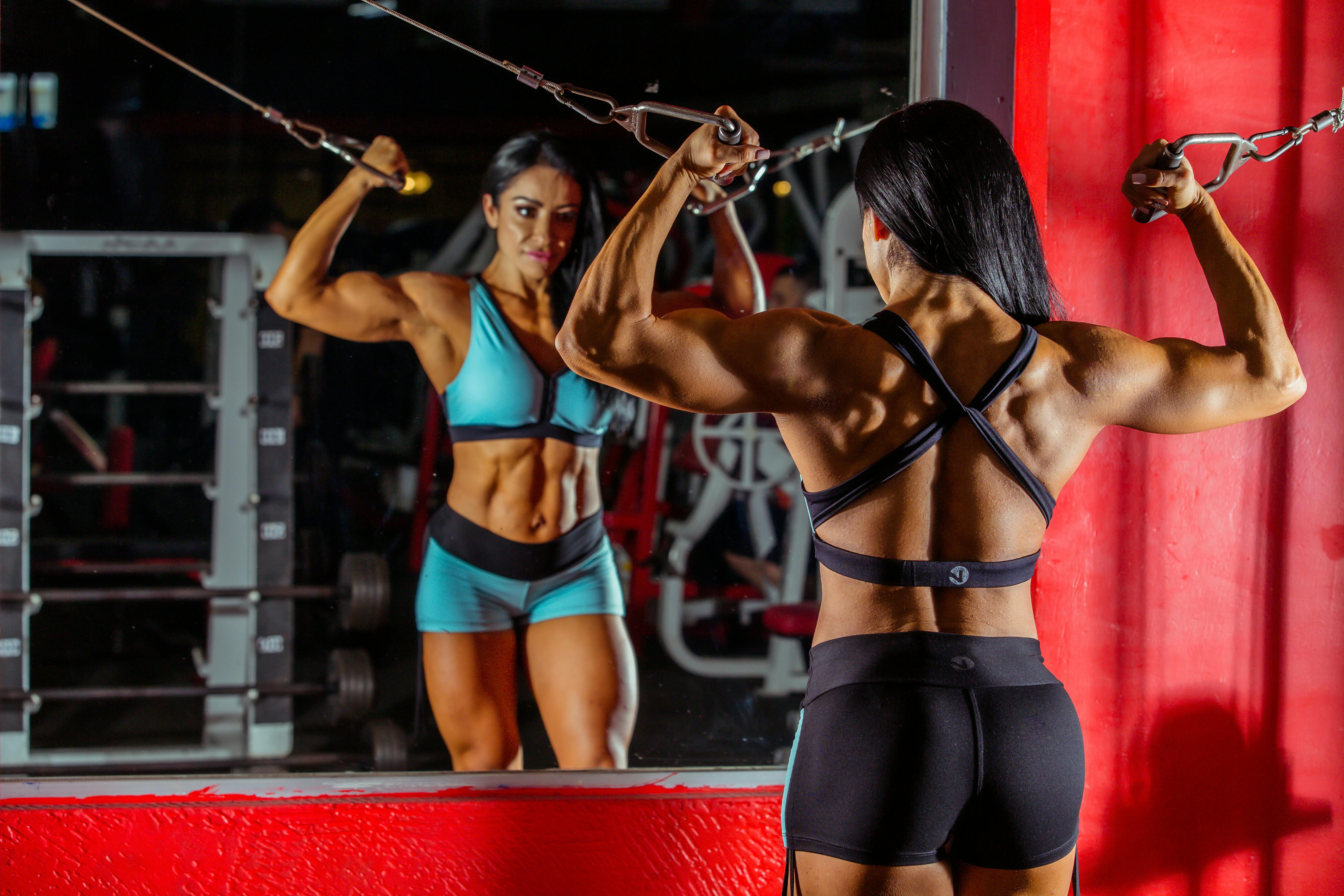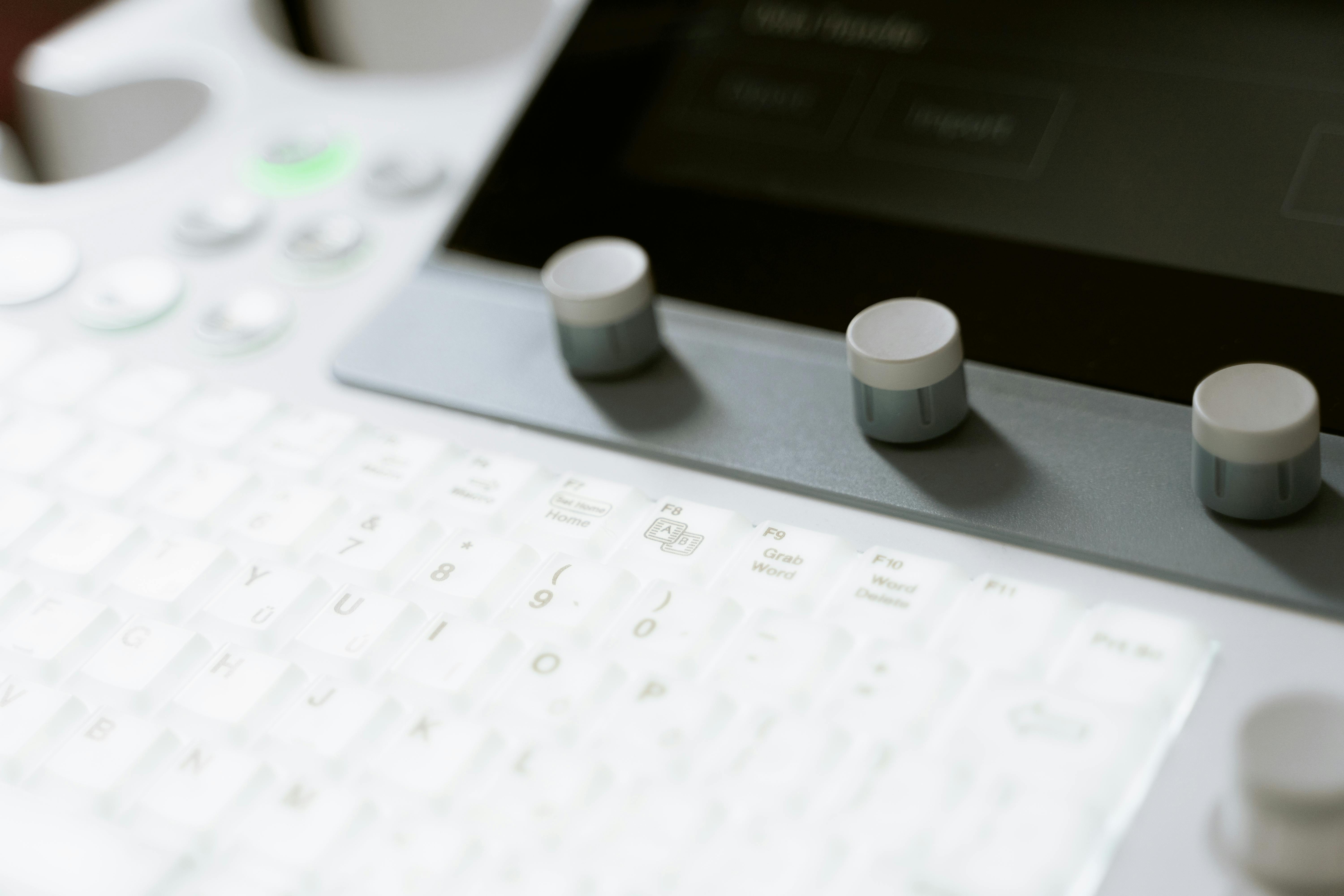Exercise bikes vs. Treadmills
You’ve decided you want to exercise at home. There are hundreds of home cardio equipment available. The most popular are treadmills and stationary bikes. When deciding between the two, you need to compare long-term sustainability, training efficacy, and safety.
overcoming boredom
The biggest obstacle to a home exercise routine is sticking to it. You don’t have to drive to a gym, so your home exercise equipment is more convenient. The problem is that other distractions are just as convenient at home. The key is to make your routine fun. You want to look forward to your daily workout. You have to be realistic. Playing with the heart rate monitor or watching the calorie counter go up will only be fun the first few times you exercise.
o Treadmill vs. boredom
On a treadmill, you walk. Walking is not so much fun. You can walk at different speeds, but that’s not much more fun. If you get a treadmill that offers an incline, that keeps it a bit more interesting. Walking uphill isn’t exactly fun, but it’s different. Present a challenge.
You can’t really read on a treadmill because you’re bouncing up and down. You can’t keep your eyes on the same sentence and you usually end up with a headache. Basically the only fun thing to do on a treadmill is watch TV or movies. If you really like TV or movies and can put your treadmill in front of a TV, you can probably keep your treadmill workout from getting too boring. The problems consist of commercials, noise coming from the machine, and again, bouncing.
o Exercise bikes vs. boredom
Stationary bikes are unique in that many of them come programmed with various cycling routines. You simulate different courses that require you to run, ride uphill and perform at different levels within a workout without having to keep pushing buttons and changing everything. You can even select random shows so you don’t know what’s coming, which really keeps you on your toes. Some stationary bikes can even be connected to televisions and video games to allow you to interactively pedal through visual tours.
On upright exercise bikes, you run into some of the same issues as treadmills when it comes to reading. Recumbent bikes, however, allow you to keep your hands free to hold a book or magazine, a video game controller, or a phone. Multitasking during a stationary bike workout keeps it from getting boring and allows your workout to fit more easily into a busy schedule.
Beating boredom to successfully maintain a long-term exercise routine is much easier on a stationary bike than on a treadmill.
The caloric factor
In a study conducted by Nordic Track, young, healthy people used various exercise machines and performed cardio exercises. Although they felt they used the same intensity on all machines, they burned the most calories on treadmills and ski machines.
On average, most people burn about 750 calories per hour on a treadmill. The same people are likely to burn around 550 calories per hour on a stationary bike. So it’s a no-brainer, right? You should get a treadmill because they burn more calories.
Well not exactly. He can’t get so caught up in which machine burns more calories. Many other factors must be taken into account. How likely are you to maintain a treadmill routine versus a stationary bike routine?
Because stationary bikes are often more fun than treadmills, you’re much more likely to stick with them long-term. This means that while you may burn more calories on a treadmill, you’re also more likely to stop using it altogether.
You may also find it difficult to use it long enough per training session to reap the full benefits. Most people find it easier to exercise for 20 minutes on a stationary bike than 20 minutes on a treadmill. You have to think about that. If you’ll likely only do 10 minutes on a treadmill but can easily do 20 minutes on a stationary bike, you’ll burn more calories per session on a stationary bike.
So going strictly by the numbers, treadmills burn more calories. If you get bored easily or have tried and failed to stick to exercise routines in the past, you may want to consider burning fewer calories per hour in favor of a sustainable long-term stationary cycling regimen.
your security
The biggest difference between stationary bikes and treadmills is the overall safety for your body.
The first security case is the most basic. You can fall off a treadmill. However, it is very difficult to fall off a stationary bike. In fact, you should probably try to fall while riding a stationary bike. While you might be thinking that you’d have to be pretty clumsy to fall while walking, it happens more than you think. People get involved watching television or to the rhythm of music. One false step and you can seriously insult yourself. It is also possible to spill water or sweat on the treadmill track, which can cause a safety hazard that you may not notice until after you slip.
Another safety hazard is injury from the activity itself. A treadmill puts some stress on your joints, especially your knees and ankles. Even if she invests in a treadmill with some degree of shock absorption, when she finally gets to a jogging or running point, she can put severe orthopedic stress on her body, even up to three times her body weight. People with existing conditions, such as arthritis, will sometimes find a treadmill painful due to this stress. Otherwise, healthy people can suffer injuries and possible long-term damage over time.
Stationary bikes put much less stress on the joints. A properly positioned exercise bike supports your weight and still allows you to receive the benefits of a higher-impact cardio workout. Upright bikes can sometimes stress your back because of the way you have to bend down to reach the handlebars. However, recumbent exercise bikes can improve existing back pain by forcing proper posture and providing support while you exercise. On any exercise bike used correctly, the knees and ankles do not experience the same stress as on a treadmill.
The less you stress your joints, the less likely you are to sustain an injury during training. You’re also less likely to feel pain afterward. Most importantly, a non-exercise-related injury doesn’t always have to interrupt your exercise routine on a stationary bike. If you do injure your back or neck, you’ll find that the support of a recumbent exercise bike will keep you from having to completely stop your exercise regimen. Let’s face it: if you have to stop, you’re less likely to start again.
An exercise bike is better for your health than a treadmill
As you can see, both home gym equipment has advantages. While the treadmill remains the most popular piece of home fitness equipment, most people are more likely to faithfully use an exercise bike. This means that you are more likely to have to dust off a treadmill until you get the garage sale decal.
